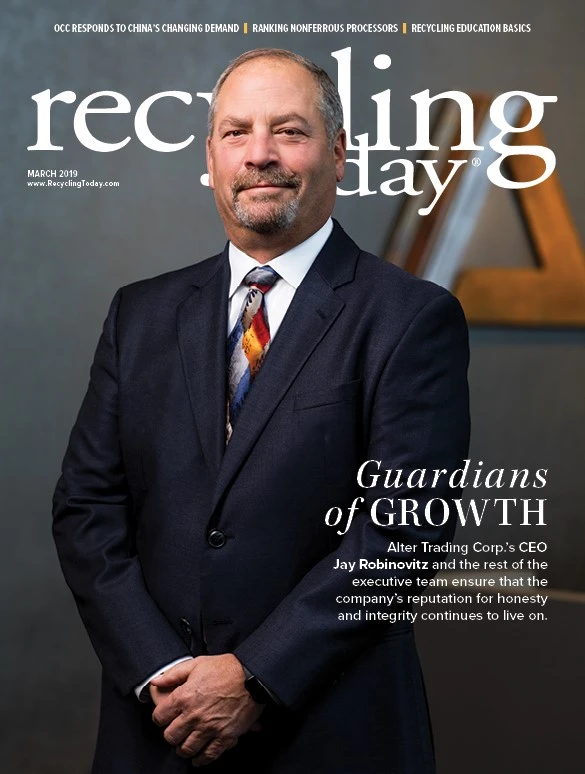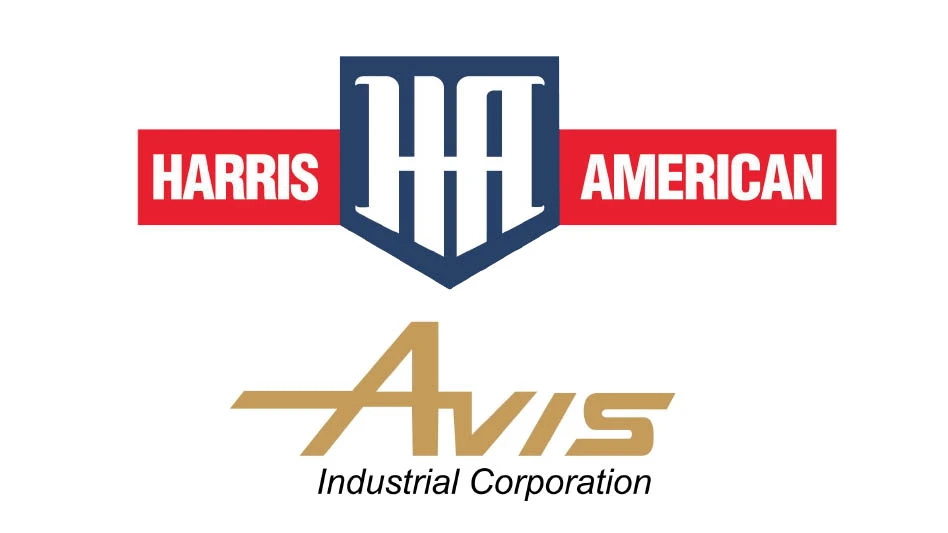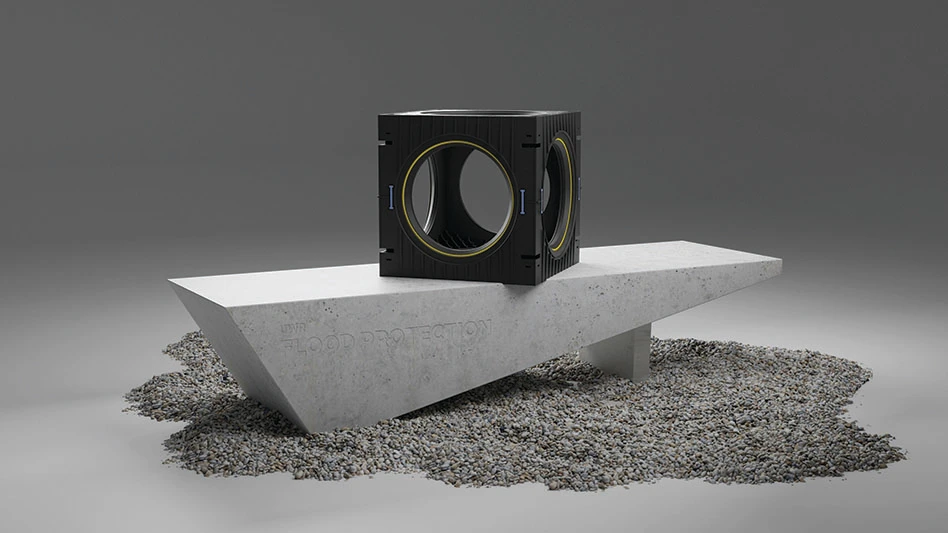
Recycling in restaurants is mandatory in some U.S. cities and states, but it can be challenging for staff working in tight spaces.
In Chicago, restaurants must source separate and recycle at least three materials (unless a single recyclable can be shown to comprise 51 percent of the waste stream by weight), meet targeted recycling rates and provide an educational program to new hires.
In San Francisco, restaurants must separate recyclables from trash and organics, and fines for noncompliance can be as high as $1,000 per day.
Fast-food chains and restaurants, which generate large streams of cardboard, plastics
Two companies that are helping restaurants manage their recycling programs are Mil-
Changing regulations
Over the years, fast-food chains have had to rethink their recycling programs and the space they dedicate to this task because of commercial recycling legislation. In some states where single-stream recycling was previously acceptable, restaurants are now required to separate several recyclables.
“Where restaurants used to be able to have a catch-all container for recyclables, they’re now being asked to look at managing several waste streams in the same building,” says Mil-
Kristian Skannerup founded Mil-
“We’re seeing more and more progressive states requiring source separation,”
The company says cardboard makes up 40 percent of the recycling stream in restaurants. Mil-
Mil-
Making connections
Mil-
“Basically, when you buy one of our machines, you get a relationship with a recycling hauler,”
“If I asked a restaurant in California where they would need most help in their operations, half of them would mention waste and recycling programs.” – Kim Vandbaek, Mil-tek USA
In Houston, Mil-
Julien Greboval, Mil-
“Contamination is one of the largest issues today, and China has turned way more sophisticated when it comes to contaminated products, so at-source compaction and at-source baling ensure a cleaner product,”
Ensuring ease
Another company working in the restaurant sector is Elytus. When Matthew Hollis founded the company in 2011, he says very few commercial kitchens and restaurants had recycling programs. He learned why by watching the kitchen hum during
“They’ve got a menu of 100 different items. They’re receiving orders every other second. They’ve got 15 people back there chopping, cutting and turning out these dishes with precision,” Hollis says. “What we realized is the biggest reason restaurants weren’t recycling is it just was not efficient or easy enough for the back-of-house staff to do.”
Understanding the value of the recyclables restaurants generate not only cuts down on disposal costs, Hollis says, it also helps them become more sustainable.

In San Diego, restaurants are required to divert 40 percent of recyclables, but rising landfill tipping fees also encourage restaurants to find efficient recycling programs, Hollis says.
“In California, where it’s $150 per ton to dispose of waste, compost and recycling
Rising demand
Changes in commercial recycling regulations have presented challenges and opportunities for the recycling industry.
Mil-
“If I asked a restaurant in California where they would need
As recycling regulations continue to evolve,
“More and more convenience stores and gas stations are opening fast-food chains and more supermarkets are opening their own cafés or restaurants to create better experiences for customers,”
Get curated news on YOUR industry.
Enter your email to receive our newsletters.

Explore the March 2019 Issue
Check out more from this issue and find your next story to read.
Latest from Recycling Today
- Enfinite forms Hazardous & Specialty Waste Management Council
- Combined DRS, EPR legislation introduced in Rhode Island
- Eureka Recycling starts up newly upgraded MRF
- Reconomy Close the Gap campaign highlights need for circularity
- Nickel carbonate added to Aqua Metals’ portfolio
- EuRIC, FEAD say End-Of-Life Vehicle Regulation presents opportunity for recyclers
- Recyclers likely to feel effects of US-China trade war
- BCMRC 2025 session preview: Navigating battery recycling legislation and regulations







